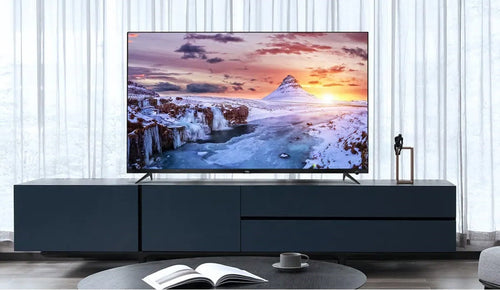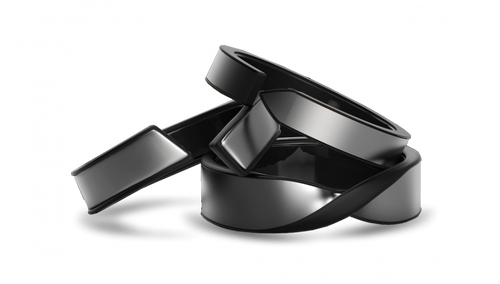Xiaomi 14T and 14T Pro Launched Globally With MediaTek Chipsets and AI

At its launch event organized today, Xiaomi has introduced new flagship phones known as Xiaomi 14T and Xiaomi 14T Pro. The phones differ quite a bit from each other, as the biggest differences are in the system circuits and the technical solutions of the cameras.
Specifications and features
Both phones have 6.67-inch screens made with AMOLED technology, which offer a resolution of 2712 x 1220 pixels, i.e. the resolution of the panels is at the so-called 1.5K level. The refresh rate of the screens reaches up to 144Hz, which is also accompanied by touch sensitivity up to a frequency of 2160Hz.
The screens reach a maximum brightness of up to 4000 nits at their best, but in typical use the brightness remains at 700 nits. The displays have HDR10+ support and 100% DCI-P3 color space.

The phones are equipped with MediaTek system circuits, although the same circuits are not used in the phones. The Xiaomi 14T is equipped with a MediaTek Dimensity 8300 Ultra system chip, while the Xiaomi 14T Pro has a technically better Dimensity 9300+ system chip.
The Dimensity 8300 is equipped with eight cores, consisting of four Cortex-A715 cores operating at a clock frequency of 3.2 GHz and four Cortex-A510 cores with a clock frequency of 2.2 GHz. Dimensity 9300+ also consists of eight cores. The circuit exceptionally has four Cortex-X4 cores, one of which operates at a higher clock frequency of 3.42Ghz and the remaining three at a lower clock frequency of 2.852Ghz. There are also four Cortex-A715 cores with the lowest current, with a clock frequency of 2 GHz.
As for the system circuit, the Xiaomi 14T phone has 256 or 512GB of storage space, while the Xiaomi 14T Pro offers 256, 512 or 1024GB of storage space. Both phones have 12GB of RAM.

The main camera of the Xiaomi 14T phone is a 50MP camera equipped with a Sony IMX906 sensor with a pixel size of 1.2 microns. The Xiaomi 14T Pro relies on the Light Fusion 900 sensor, which offers the same 50MP resolution. Light Fusion 900 is Xiaomi's brand name for Omnivision's OV50H sensor. The pixel size of the camera sensor is 1.2-2.4 microns.
Along with the main cameras, Samsung's ISOCELL JN1 sensor with 50MP resolution works as a telephoto camera in both phones. The telephoto camera is capable of 2.6 times zoom. The third camera is Omnivision's OV13B ultra-wide camera with a resolution of 13MP, an f/2.2 aperture, and a pixel size of 1.12 microns. The resolution of the selfie camera in both phones is 32MP. The cameras have been collaborated with Leica. According to Xiaomi, this year's cameras have focused especially on low-light photography.

The phones have 5000mAh batteries. There is a difference in charging between the phones, as the basic model Xiaomi 14T supports 67-watt wired HyperCharge charging, while the better Xiaomi 14T Pro supports 120-watt charging power wired, which also includes 50-watt wireless charging. In addition, Xiaomi said that the phone's battery lasts 15.7 hours of continuous use.
As for other features, the phones have IP68 protection against water and dust. The phones have a Bluetooth 5.4 connection and the Android 14 operating system, which runs Xiaomi's own HyperOS user interface.
Price and availability

The phones would arrive in the market in three main colors which are titanium black, titanium blue, and titanium grey. In addition to these, the Xiaomi 14T gets a greenish lemon green color. The cheapest price in Europe for the Xiaomi 14T model is 649 euros and for the Xiaomi 14T Pro 799 euros.




